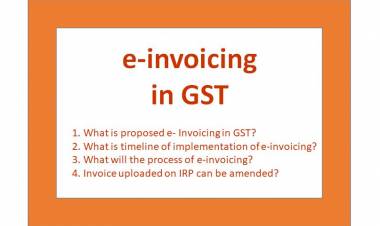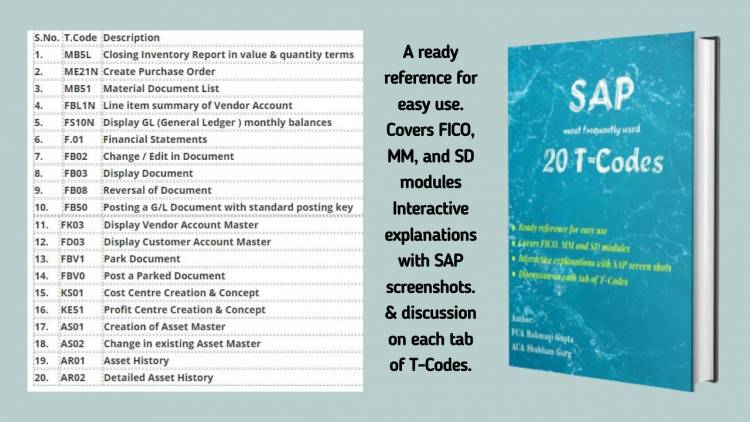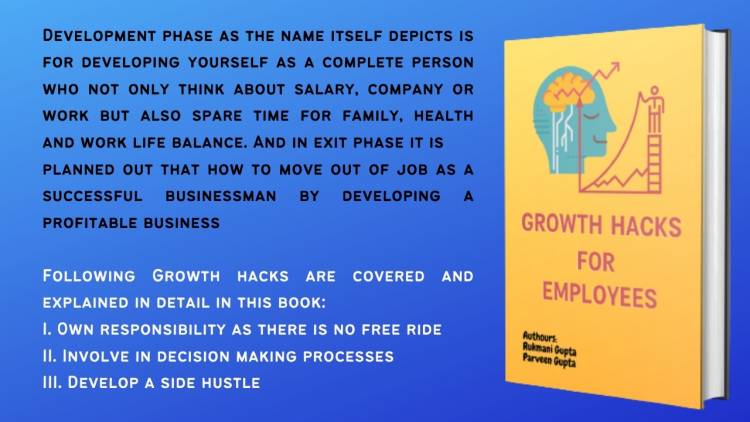Assessment Procedure in Income Tax - Part II
Assessment in income tax is estimation of total income and tax thereon either by assessee himself or by income tax officer. Assessment is broadly covered in following types:
(1) Self-assessment u/s 140A –covered in part I
(2) Summary assessment u/s 143(1) - covered in part I
(3) Scrutiny assessment u/s 143(3) - covered in part I
(4) Best judgment assessment u/s 144
(6) Income escaping assessment u/s 147
(7) Assessment in case of search u/s 153A – shall cover separately
4. Best judgment assessment u/s 144.
Where any person —
(a) fails to make the return required u/s 139 (1) / 139(4) or 139(5) depending upon circumstances, or
(b) fails to comply with
(i) all the terms of a notice issued u/s 142(1) or
(ii) directions issued under sub-section (2A) of that section], or
(c) fails to comply with all the terms of a notice issued under sub-section (2) of section 143,
the Assessing Officer, after taking into account all relevant material which he has gathered, shall, after giving the assessee an opportunity of being heard (not necessary in case where notice u/s 142(1) is already served), make the assessment of the total income or loss to the best of his judgment and determine the sum payable by the assessee on the basis of such assessment :
Provided that such opportunity shall be given by the Assessing Officer by serving a notice calling upon the assessee to show cause, on a date and time to be specified in the notice, why the assessment should not be completed to the best of his judgment.
Note: The assessing officer under this section cannot assess income below the returned income or cannot assess the loss higher than the returned income.
(3) No order of assessment/ reassessment under section 144 shall be made after the expiry of 21 months(18 months for A.Y. 2018-19 and 12 months wef A.Y. 2019-20) from the end of relevant Assessment Year.
Example: Last date for assessment order u/s 143(2):
for FY 2015 -16 (AY 2016-17) - 31st Dec. 2018
for FY 2016 -17 (AY 2017-18) - 31st Dec. 2019
for FY 2017 -18 (AY 2018-19) - 30th Sep. 2020
for FY 2018 -19 (AY 2019-20) - 31st Mar. 2021
(4) Where a reference has been made to Transfer Pricing Officer to determine Arm’s Length Price, then no order of assessment/reassessment under section 144 shall be made after the expiry of 33 months (30 months for A.Y. 2018-19 and 24 months wef A.Y. 2019-20) from the end of relevant Assessment Year.
|
Situation |
Treatment |
|
Assessing Officer has not provided opportunity of being heard by servicing notice? |
Assessment is Void |
|
Assessing Officer has not provided opportunity of being heard but notice under 142(1) was already issued? |
Assessment is Valid |
|
|
|
|
If assessment carried out after 2 years of completion of assessment year |
Assessment is Void |
5. Protective Assessment.
Sometimes it may happens that one particular income is assessed in one more than one hand i.e. one assessing officer is treating the some income in the hands of ‘A’ and same income might be treated in the hands of ‘B’ by some different assessing officer. And some time same officer may assess the same income in the hands of one person and also in the hands of a firm / family also.
It has been held by the Supreme Court in Lalji Haridas v. ITO, (43 ITR 387), that the officer may, when in doubt, to safeguard the interest of revenue, assess it in more than one hand. But this procedure is allowed at the level of assessment only and at higher level it is possible to give clear findings as who is really liable to be assessed leaving the one and in such case department should provide relief suo motu to one of them. (ITO vs. Bachu lal kapoor (1966) 60 ITR 74 (SC))
(6) Income escaping assessment u/s 147
Subject to provisions of section 148 to 153, if any assessing officer believes that any income, chargeable to tax, has escaped assessment for any assessment year, he may:
- assess or reassess such income which has escaped assessment;
- recompute the loss or depreciation allowance or any other allowance as the case may be, for the assessment year concerned i.e. the relevant assessment year
Deemed cases of escapement:
- where no return has been filed and no assessment is done but his total income or total income of any other person in respect of which he is assessable, exceeds the maximum amount which is not chargeable to tax
- where a return of income filed but no assessment is done and assessing officer noticed understatement of income or excessive claim of loss, deduction, allowance or relief etc.
- where assessee fails to report international transactions u/s 92E
- where assessment u/s 143(3) / 144 has been made but income chargeable to tax:
- has been under assessed; or
- has been assessed at low rate; or
- has been assessed with excessive relief; or
- excessive loss or depreciation or other allowance has been computed
Note: if any case is pending under appeal / revision then that case cannot be opened under section 147.
Time limit for completion of assessment u/s 147
Within 9 months from the end of financial year in which the notice u/s section 148 was served on the assessee.
But where notice u/s 148 is issued on or after 01.04.19 - Within 12 months from the end of financial year in which the notice u/s section 148 was served on the assessee.
Notice u/s 148 (1)
Before making any assessment u/s 147, the assessing officer shall serve on the assesse a notice requiring him to furnish a return of his income or income of any other person in respect of which he is assessable during the previous year corresponding to the relevant assessment year with in such period as may be specified in the notice.
Note:
- even though notice u/s 139 or 142(1) have been issued, then also notice under section 148 is must.
- return filed in response to notice u/s 148 (1) shall be treated as if the same is filed u/s 139 and for making assessment u/s 147 read with section 143(3), assessing officer is required to issue notice u/s 143(2) within a period of 6 months from the end of financial year in which such return is filed by the assessee.
- As per section 148(2), assessing officer is required to record the reasons for issuing notice u/s 148(1).
- However as per explanation 3 to section 147, reassessment can be done for an issue which is not already recorded.
- Separate notice u/s 148(1) is required for each assessment year for which income has escaped.
Time limit and sanctions for issue of notice – section 149 /151
As per section 149(1) notice u/s 148(1) can be issued only –
- within 4 years from the end of the relevant assessment year for any income escaping assessment’ or
Example: for FY 2015 -16 notice u/s 148(1) can be issued on or before 31st March 2021.
- within 6 years from the end of the relevant assessment in cases where the amount of income escaping assessment is likely to be Rs. 1,00,000/- or more for that year, or
- within 16 years from the end of the relevant assessment year if the income in relation to any asset (including financial interest in any asset) located outside India, chargeable to tax, has escaped assessment.
In clause b) and c) above notice can be issued only after getting sanction from Principle Chief Commissioner or Chief Commissioner or Principle Commissioner or Commissioner.
Proviso to section 147
Where an assessment u/s 143(3) or 147 has already been made for relevant assessment year no any action u/s 147 is possible after expiry of 4 year as mentioned in clause b) and c) above, unless any income chargeable to tax has escaped assessment by reason of the failure on the part of assessee. However above proviso do not apply in relation to income from asset located outside India.
No time limit for issue of notice u/s 148 (1) in following situation:
If the notice u/s 148(1) is required to be issued to give effect to any finding or direction contained in a passed by:
- By any authority in any proceeding under this Act by way appeal or revision
- By a Court / Supreme Court / High Court
- CIT Appeal u/s 250, ITAT u/s 254, Commission u/s 263 or 264 of Income Tax Act
 Download APP
Download APP
 P K Gupta
P K Gupta 





































